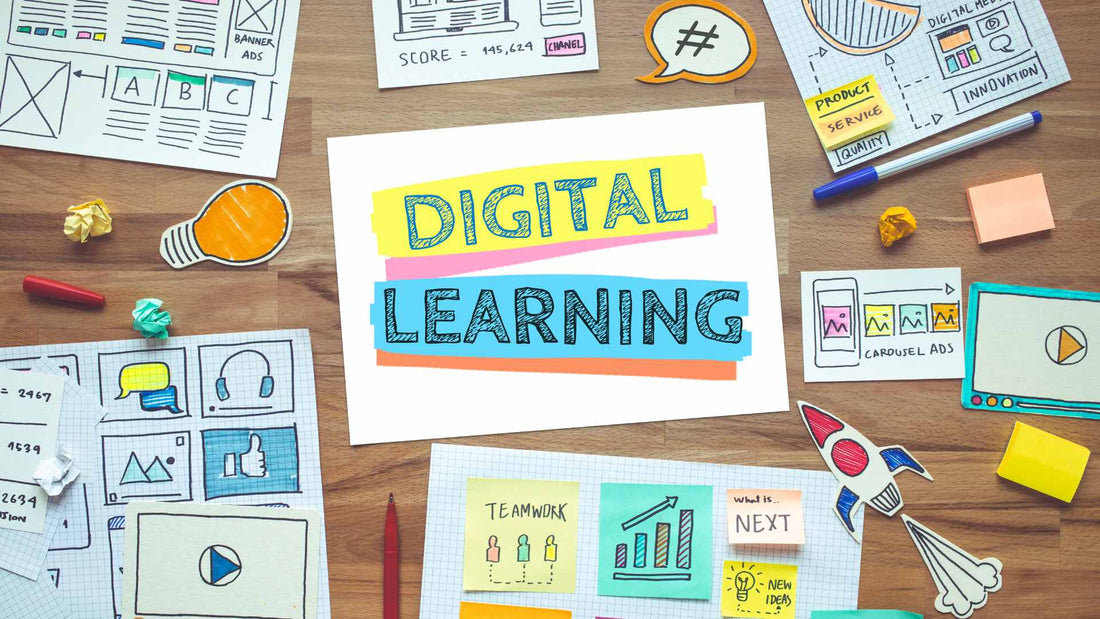The indispensable role of traditional textbooks and workbooks within the ESL (English as a Second Language) educational sphere is a testament to their enduring value. These resources, characterized by their structured syllabi, exhaustive exercises, and sequential progression paths, serve as the bedrock of systematic learning. In contrast, the burgeoning trend of integrating digital educational materials, aimed at revitalizing language instruction, reveals significant shortcomings. These limitations not only highlight the irreplaceable nature of traditional educational tools but also call into question the efficacy of digital platforms in enhancing the learning experience.
Digital learning platforms, while promising an enriched educational experience through interactive and multimedia elements, often fall prey to significant limitations.
Clunky Design and Navigation Hurdles: Digital resources, with their promise of enhancing traditional teaching methods, frequently suffer from disruptive design choices. Users frequently encounter a presentation that is disjointed and landing pages that are elusive, making it difficult to locate specific lessons or materials. This confusion is exacerbated by a lack of variation in material design, which not only makes the content monotonous but also contributes to an overwhelming sense of information overload.
Sensory Overload and User Fatigue: The digital format often introduces unnecessary complexity, with an abundance of flashing lights, color changes, and motion that can leave users feeling overwhelmed rather than engaged. Such sensory overload, rather than aiding the educational process, tends to confuse learners and educators alike.
Impediments to Teaching and Learning: Far from facilitating an enriching teaching environment, these digital tools often force a rigid and less intuitive learning experience. The abundance of distractions and "time-wasters" such as forgotten login credentials, anti-theft measures, slow network speeds, and constant updates to apps, further detracts from valuable teaching time.
Complexity and Constant Change: The access and use of digital resources are marred by complexity. Educators and students alike must navigate a labyrinth of steps to simply begin a lesson, compounded by the frustration of frequent and sometimes unnecessary updates that alter the user experience and learning paths.
In response to these challenges, the integration of Work/Life English materials as supplementary resources to traditional textbooks offers a promising solution. By marrying the structured, reliable foundation provided by textbooks with the contextual richness of Work/Life English's digital materials, educators can craft a learning experience that is both grounded and expansive. This approach allows for the practical application of language skills in real-world contexts, enhancing the traditional educational model without succumbing to the pitfalls of full digitalization.
Let's delve into how these resources can complement and elevate the traditional textbook approach.
Structured Learning with Enhanced Real-World Context: Traditional textbooks and workbooks, with their systematic approach to language learning, are invaluable. However, when paired with resources like the Spelling - BASIC Workbook, PDF DOWNLOAD from Work/Life English, students gain access to a practical guide to the American English phonics and spelling system. This is particularly beneficial for adult learners who might have missed out on such foundational skills.
Teacher Support for Effective Instruction: Accompanying teacher guides, such as the Spelling Basic Workbook - TEACHER'S GUIDE ONLY (Digital Version), offer invaluable support. These guides provide flexibility and efficient strategies for teaching basic spelling skills, enhancing the traditional workbook approach.
Comprehensive Workbooks for Holistic Learning: Workbooks like the F.1.G.S Work/Life English - Skills Workbook - Level 1- Student cover grammar patterns, spelling, and vocabulary, focusing on practical daily life topics. This comprehensive approach ensures that the foundational skills gained from traditional textbooks are applied and practiced in real-life contexts.
Student Texts for Oral and Written Competency: Resources such as the F.1.LS/RW.S Work/Life English - Skills Book - Level 1- Student complement workbooks by focusing on basic oral and written language functions. These texts mirror the structure found in traditional textbooks, yet offer a more practical, real-life application of language skills.
This holistic approach to ESL education, which leverages the reliability of traditional textbooks alongside the contextual relevance of Work/Life English materials, offers a nuanced solution to the challenges posed by digital learning platforms. By judiciously incorporating these materials into the curriculum, educators can provide a comprehensive and engaging learning journey. The integration thus not only preserves the essence of traditional learning but also embraces the advantages of modern educational resources, ensuring a balanced and effective language learning experience.
In sum, the juxtaposition of traditional textbooks against the backdrop of digital learning's limitations underscores the critical role of these foundational tools in ESL education. The strategic integration of Work/Life English materials enhances this traditional base, offering a pathway to an education that is both comprehensive and attuned to real-world language application. Such an approach promises to elevate the ESL learning journey, making it more effective, engaging, and responsive to the needs of today's learners.

